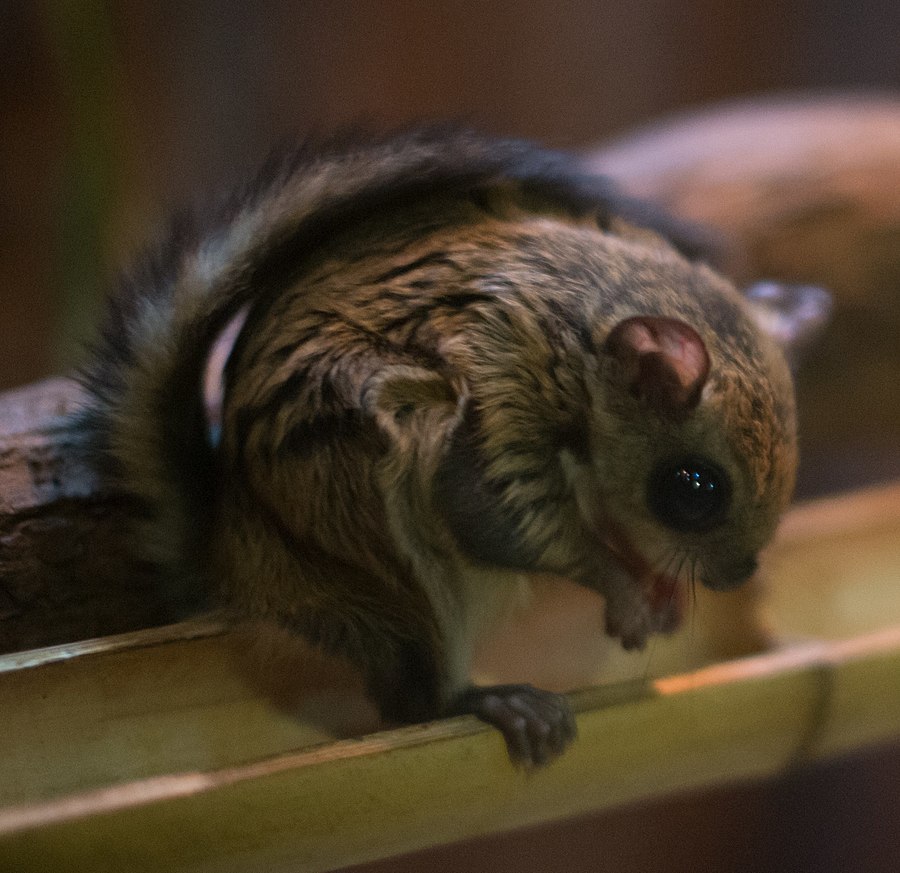Facts About Japanese Flying Squirrel
The Japanese dwarf flying squirrel is a captivating native species of Japan, primarily inhabiting the sub-alpine and boreal forests of the Honshu and Kyushu islands. Belonging to the genus Pteromys, this diminutive squirrel measures approximately 20 cm in length and possesses a specialized membrane that enables it to glide gracefully between trees.
Being nocturnal, these squirrels are most active during nighttime. Their diet is diverse, including buds, leaves, bark, fruits, and seeds. Fortunately, they face no significant threats and are classified as a species of Least Concern by the International Union for Conservation of Nature (IUCN).
In terms of appearance, the Japanese dwarf flying squirrel has a body length ranging from 14 to 20 cm, with an additional tail length of 10 to 14 cm. Weighing between 150 to 220 grams, these squirrels feature grey-brown fur on their backs and white fur on their bellies. Their patagium, a membranous structure extending from their wrists to their ankles, allows them to glide seamlessly between trees.
These squirrels typically reside in tree cavities, often in coniferous trees, and line their nests with soft materials such as mosses and lichens. Noteworthy behaviors include hanging while feeding and socializing in groups on trees. Breeding pairs share nests, and females usually give birth to two or three young after a gestation period of about four weeks.
Over time, the Japanese dwarf flying squirrel has developed distinctive physical and genetic characteristics compared to other squirrel species. Their mandibles and chromosome composition are particularly unique within the genus Pteromys.
Although detailed information about their population trends is limited, the IUCN has listed these squirrels as Least Concern. This classification is due to their absence of major threats and their presence in protected areas, ensuring that these delightful creatures continue to thrive in their natural habitat.
